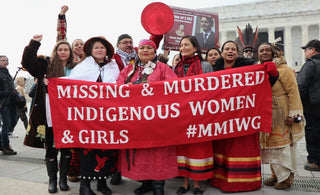“A nation is not defeated until the hearts of its women are on the ground. Then it’s finished. No matter how brave its warriors, or how strong its weapons.” – Northern Cheyenne teaching
An article published this summer by United Press International (UPI) on missing and murdered Indigenous women and girls (MMIWG) in the US and Canada began with the sentence, “A new awareness of the number of missing and murdered Indigenous women on reservations and tribal lands in the United States and Canada is raising the alarm about what is being called a multi-generational epidemic.” However, for most Indigenous people, the notion of the MMIWG (and violence against Indigenous bodies and lands in general) being regarded with “new awareness” is both inaccurate and offensive. There is an implication that, in the same way Columbus is said to have “discovered” the Americas, it is only now that people outside of Indian Country are aware of this violence, that it exists.
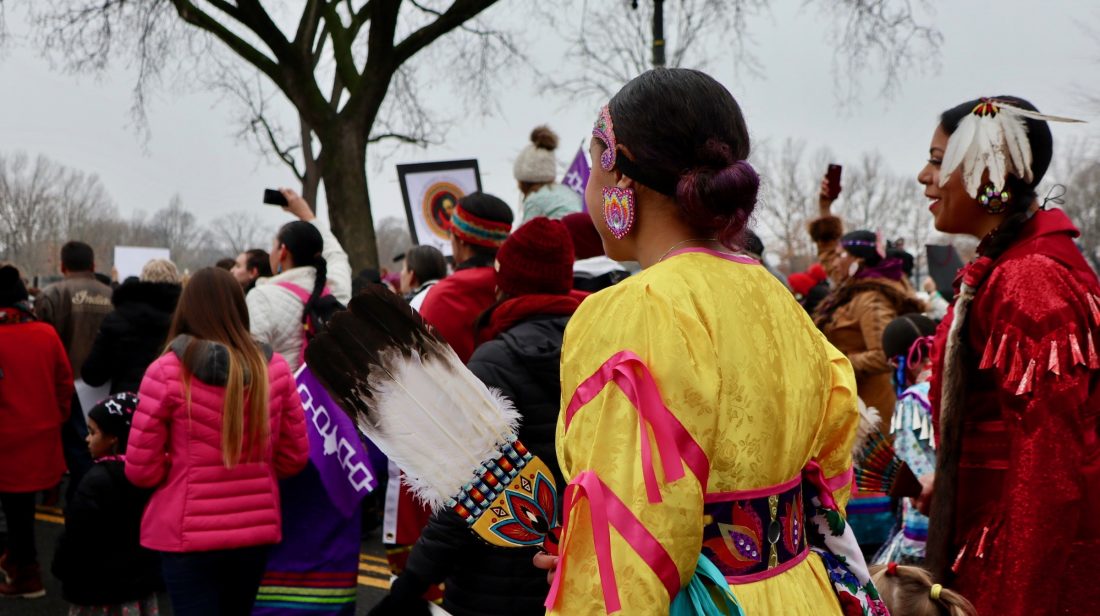
If we are going to honestly discuss MMIWG, there is something that needs to be made very clear – something which almost all media coverage (outside of Indigenous writers and platforms) seems to omit – the violence at the root of MMIWG is by design a part of the project of colonization and it is in no way new, nor is it generated by Indigenous communities. This violence has been enacted from the moment the first European settlers set foot on Turtle Island, the true original name of this continent. Framing violence against Indigenous women as either new or symptomatic of a “multi-generational epidemic” is an abdication of colonial culpability because the implication is that the onus is in our intergenerational biological inheritance.
It is deeply troubling that even as I surveyed the literature for this article, the main form of media coverage was the sensationalization of grotesque violence against individual Indigenous women and girls, along with scrutiny regarding where they were, what they were doing and the quality of their character when the violence occurred. Under the guise of care, the underlying message of the narrative has framed these women for their own murders.
I will never forget the fury in my best friend Melina’s face at an environmental conference where she was the keynote speaker just a few months after her little sister was murdered. The fury in her face was because a woman had come up to her and said she was sorry about her sister’s death, and that she “also had relatives that were living a high-risk lifestyle.” Melina was infuriated because, without knowing a single thing about her sister, this woman assumed that somehow it was her “lifestyle” that led to her murder. This assumption is exactly what is implicated by the way mainstream media and political discourse frames MMIWG, the underlying message being, “what is wrong with these people that all this bad stuff keeps happening to them?” It is tragic that, in a colonial society such as ours, founded on land theft and genocide, that just existing as an Indigenous person can be considered a “high-risk” lifestyle.

Melina’s little sister, Bella Laboucan-McLean, was not living “a high risk lifestyle.” She was living her ancestors’ hopes and prayers, living a life exemplary of what parents hope for their children. At the time of her murder, she was 25-years-old and had just graduated from Humber College with a degree in design. Raised with her culture and language, surrounded by a loving family rooted in Sturgeon Lake and Little Buffalo, in Northern Alberta, Bella was passionate about bridging her Cree heritage with her love of fashion. She had plans to study further at a design school in London. She was smart, she was beautiful, she was kind, she was funny. And then she was gone.
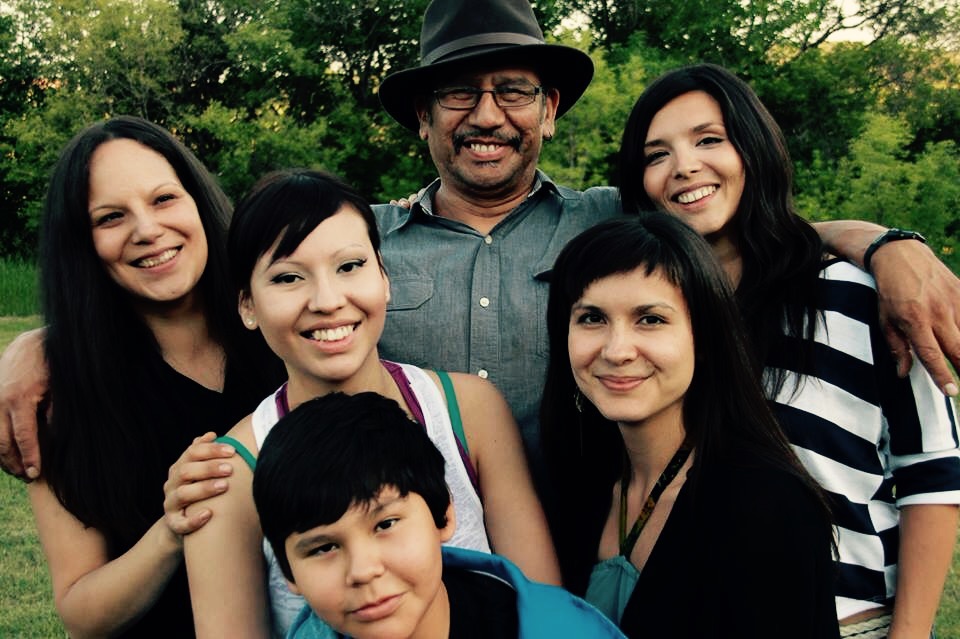
Bella fell 31 stories from a high-rise condo in downtown Toronto. Despite the fact that there were six people in the apartment when she fell, none of them reported the incident. It was a neighbor who later called the police. At the time I am writing this article, her case is listed as suspicious and remains unsolved. While her family continues to celebrate her advocacy and land-based cultural resurgence in her honor, they have ceased to expect justice or answers from the Canadian judicial system.
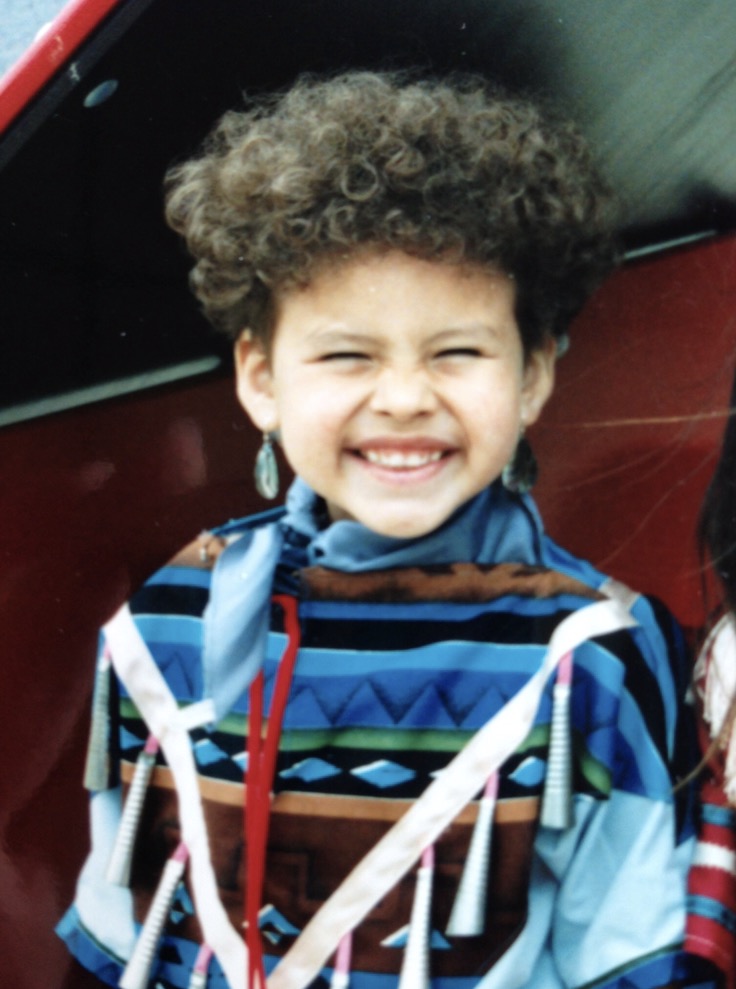
Unlike so much of the media coverage on MMIWG, I do not wish to sensationalize and exploit the specificities of one woman’s death while I have your attention for this brief moment. Rather, I want to honor her life by redirecting the investigation toward the colonial and economic systems that not only allow epidemic-levels of violence against Indigenous women to occur without consequence but also necessitates it. Indigenous women give life to Indigenous nations. They give life to language and knowledge systems. They pass down the truth that capitalism and colonization attempted to erase – that there are other systems for sustaining life rather than extractive, exploitative and predatory economics. Indigenous women give birth to our resurgence, opening the portal to a future where life on Earth is possible and sustainable. Do not for one second let anyone tell you that the violence against Indigenous women is unintentional. We are the spark of the resistance, the last obstacle that stands between the corporate-colonial state and every last drop of soil, oil, and water.
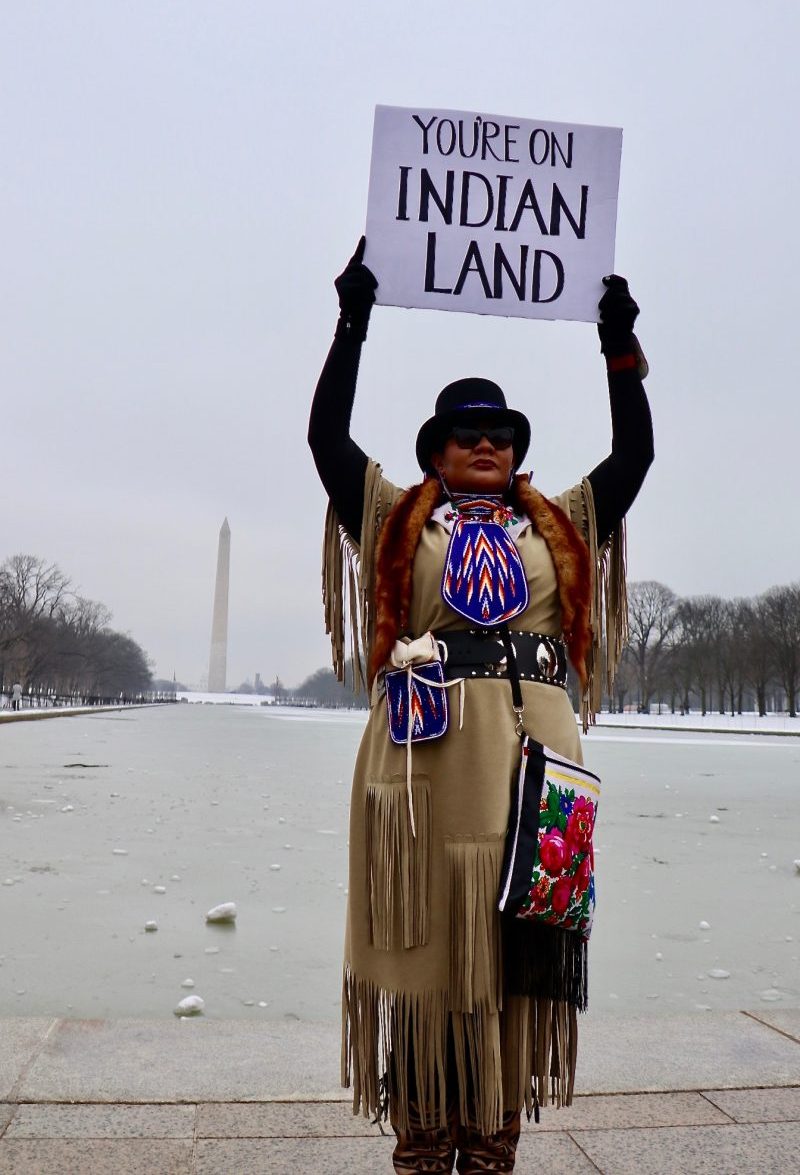
Although there are major gaps in the data and discrepancies in the statistics that do exist, the most recent figures estimate the number of MMIWG in Canada is approximately 4000, while in the US, the number of documented cases is 506. The Urban Indian Health Institute, who carried out the US research, looked at Indigenous women and girls across the 71 selected cities and found that of that 506, 128 (25 percent) were missing persons cases, 280 (56 percent) were murder cases, and 98 (19 percent) had an unknown status; they begin the report with a bold disclaimer that, due to limited resources and poor data collection in many cities, their final figure is likely an undercount. In 2016, the National Crime Information Center documented 5,712 reports of MMIWG but the US Department of Justice’s federal missing persons database, NamUs, only logged 116 of those cases. In both the US and Canada, Indigenous women are upwards of ten times more likely to be murdered than non-Indigenous women. The US Centre for Disease Prevention and Control ranks “unintentional injuries” (aka homicide) as the third-leading cause of death for Indigenous women under the age of 24.
By the time you are reading this, many of these numbers will be higher than what has been written, as MMIWG numbers continue to rise at an alarming rate on both sides of the border. To better understand why the mainstream media seems unable to accurately report on MMIWG, I spoke with award-winning Gitxsan journalist Angela Sterritt, who has written extensively on the subject:
Here is what she told me:
You need to understand two things: first, non-Indigenous journalists (like the rest of the public) do not know enough about Indigenous colonial history and violence to be up-to-speed on the reality that Indigenous people are actually facing. Secondly, MMIWG cases or stories are not being covered at all in the same way as missing or murdered white women are covered, a huge glaring problem in media. My experience is that when you put cases side by side, the way Indigenous and white cases are treated is extremely different. For white women, satellite trucks are deployed, hundreds of news stories are written, there is immense public interest and with some cases books are even written. Stories of missing and murdered Indigenous women that occur during the same time frame will maybe have three stories written about them. So when you see things like “the media” (because it is a collective institution) railing against the National inquiry’s findings that there was, in fact, a genocide against indigenous women in Canada – mocking it, rejecting it – you need to look at the underpinning of the lack of understanding of non-Indigenous journalists on Colonization and systemic racism, not only because they don’t know but also because some don’t want to know.
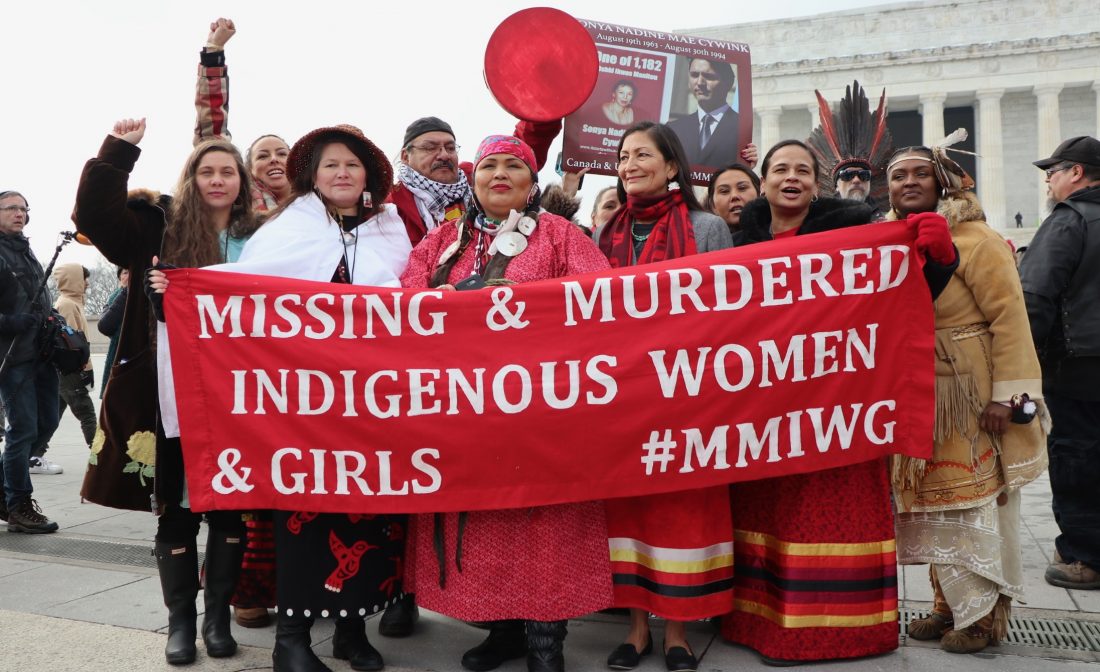
While the coverage is bad in Canada, it only gets worse in the US. Recently Deb Haaland, New Mexico’s first Native American congresswoman and Democratic Representative, told United Press International that, “the epidemic of missing and murdered Indigenous women has been a silent crisis for far too long.” While Canada has carried out a national inquiry into MMIWG and published the findings in a cumulative report that acknowledges genocide, Americans are only now acknowledging it as an issue worth following. Given these considerations, when you come across media coverage of MMIWG, here are a few points I urge you to keep in mind:
- Violence against Indigenous women is nothing new. MMIWG is a new title and iteration of the continuation of the many forms of colonization and genocide enacted on our lands. The very first way that colonization was enacted on our continent was through the use of patriarchy as a tool to disempower and disarm Indigenous matriarchal governance systems. MMIWG is how this strategy lives on in our contemporary society.
- Like most other strategies of conquest and colonization, MMIWG is not bound by colonial borders; it is a global issue that exists on every continent where colonization has occurred.
- Because of the historic and systemic devaluing of Indigenous bodies, data and statistics regarding MMIWG are systematically and chronically underreported.
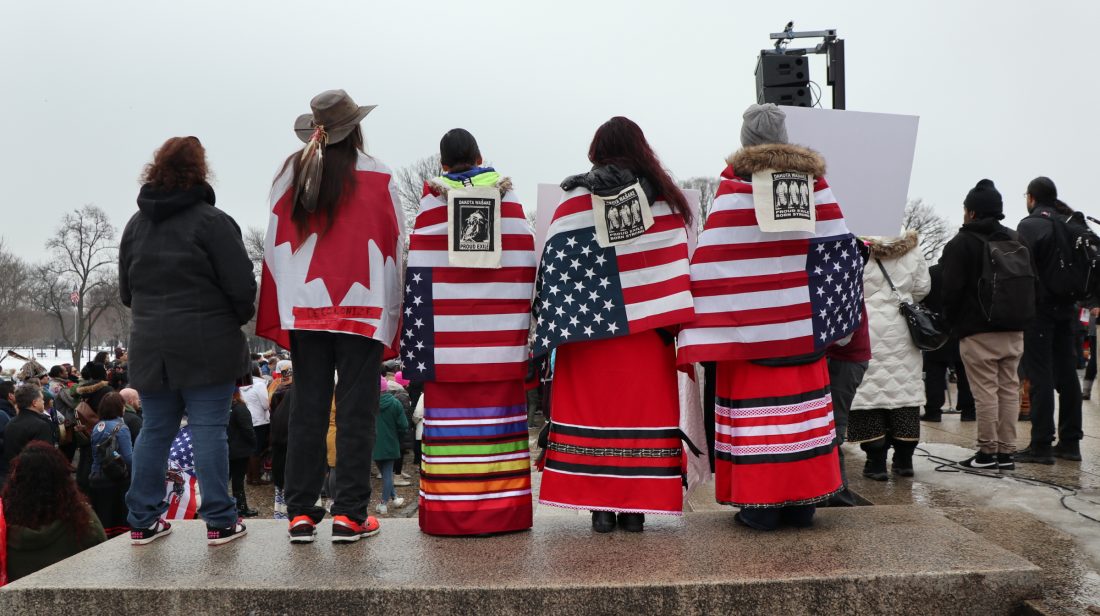
So the next time you hear a number, whether it be 500 or 4000, I invite you to think of Bella. Think of her bright smile and the sparkle in her eyes, all of the gifts she had to give the world, and all of the people who love her. This is true for every one of the women from the first to 4000th. She had a life, she had a name, she had so many more gifts for the world that she never got to share. The women and girls behind MMIWG are not numbers or statistics; they are the life force and backbone of our collective survival and existence – not only as Indigenous nations but in a time of climate crisis for collective humanity. Their names are ours to remember, their legacies are ours to uphold. When my best friend Melina and I laugh so hard that our sides ache, when we make up our own words to songs as we sing in the car, when the beauty of the wild is so immense that my heart aches, these are the moments I think of Bella. And I offer my prayer that she is sharing these moments of grace with us. Whether it be her name or that of another woman, the next moment you feel deeply grateful to be alive, I hope you will hold their name in your prayers, too.
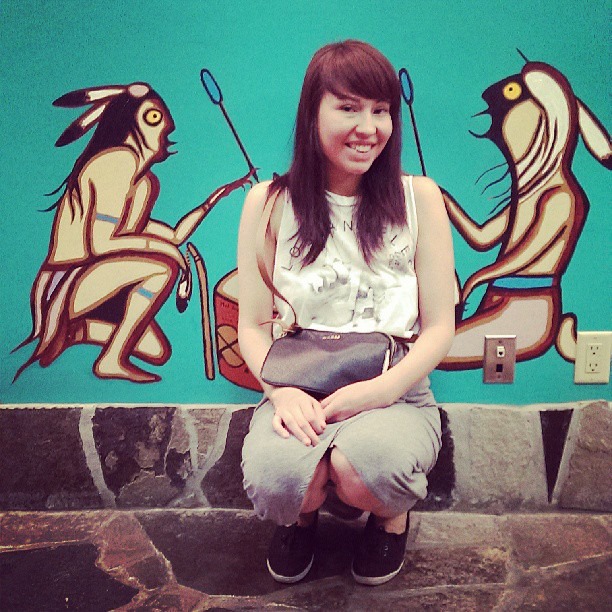
You can learn more about Bella’s story at the links below:
“Bella’s story” on It Starts With Us
“How a Cree woman fell to death and no one saw anything” on The Globe and Mail
***
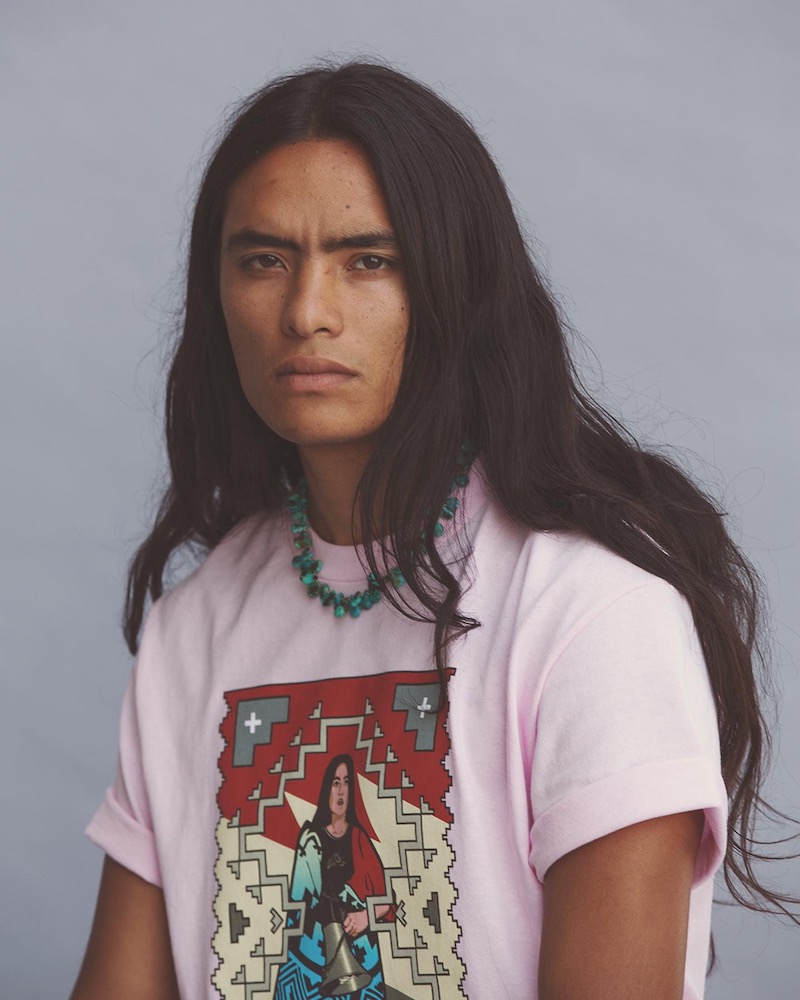
All profits from The Hundreds X Obsidian Collection will be donated to support Indigenous-led efforts, with the contribution being split between two causes. We’re supporting the Tiny House Warriors, whose mission is to halt the construction of the Trans Mountain pipeline, and Obsidian, as they teach Indigenous youth healthy coping skills through expressive arts, traveling the Americas spreading their message of hope and resilience.
SHOP THE HUNDREDS X OBSIDIAN NOW

